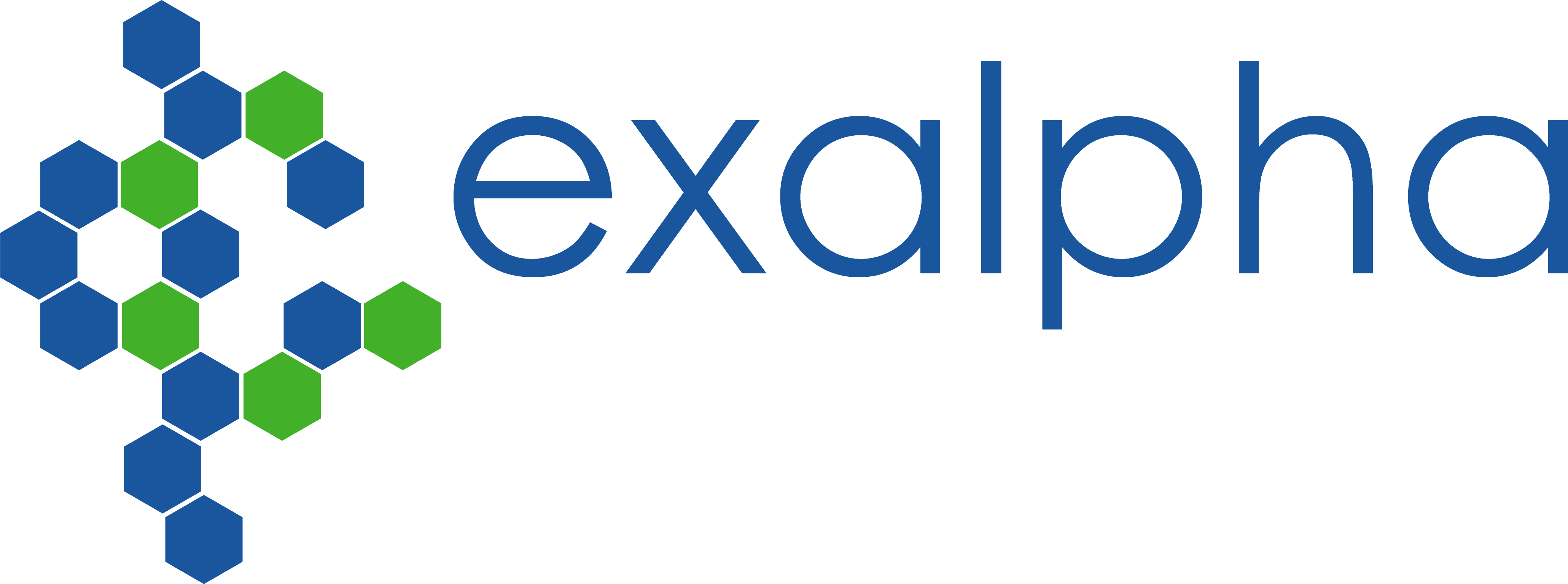order histories, retained contact details for faster checkout, review submissions, and special promotions.
Forgot password?
order histories, retained contact details for faster checkout, review submissions, and special promotions.
Locations
Orders Processing,
Shipping & Receiving,
Warehouse
2 Shaker Rd Suites
B001/B101
Shirley, MA 01464
Production Lab
Floor 6, Suite 620
20700 44th Avenue W
Lynnwood, WA 98036
Telephone Numbers
Tel: +1 (206) 374-1102
Fax: +1 (206) 577-4565
Contact Us
Additional Contact Details
order histories, retained contact details for faster checkout, review submissions, and special promotions.
Forgot password?
order histories, retained contact details for faster checkout, review submissions, and special promotions.
SEMA4D / Semaphorin 4D / CD100
sema domain, immunoglobulin domain (Ig), transmembrane domain (TM) and short cytoplasmic domain, (semaphorin) 4D
Cell surface receptor for PLXN1B and PLXNB2 that plays an important role in cell-cell signaling. Promotes reorganization of the actin cytoskeleton and plays a role in axonal growth cone guidance in the developing central nervous system. Regulates dendrite and axon branching and morphogenesis. Promotes the migration of cerebellar granule cells and of endothelial cells. Plays a role in the immune system; induces B-cells to aggregate and improves their viability (in vitro). Promotes signaling via SRC and PTK2B/PYK2, which then mediates activation of phosphatidylinositol 3-kinase and of the AKT1 signaling cascade. Interaction with PLXNB1 mediates activation of RHOA.
| Gene Name: | sema domain, immunoglobulin domain (Ig), transmembrane domain (TM) and short cytoplasmic domain, (semaphorin) 4D |
| Synonyms: | SEMA4D, A8, BB18, C9orf164, CD100 antigen, Coll-4, GR3, Semaphorin-4D, M-sema-G, SEMAJ, CD100 |
| Target Sequences: | NM_006378 NP_006369.3 Q92854 |
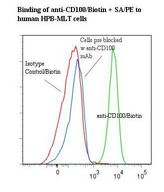
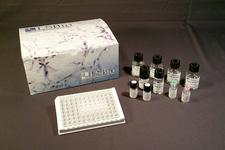
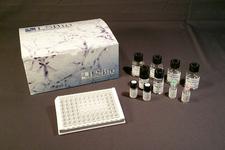
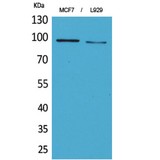
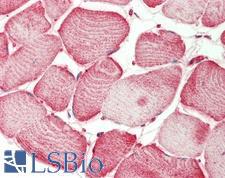
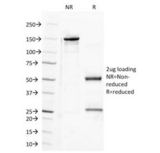
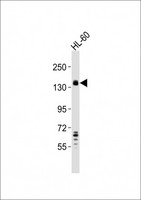



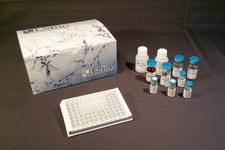
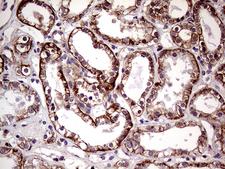
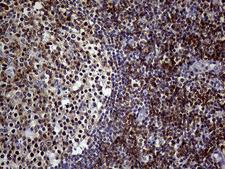
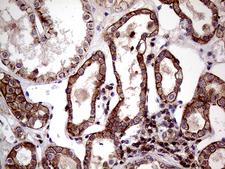
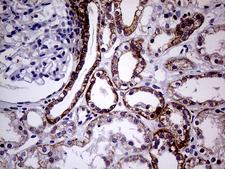
If you do not find the reagent or information you require, please contact Customer.Support@LSBio.com to inquire about additional products in development.






